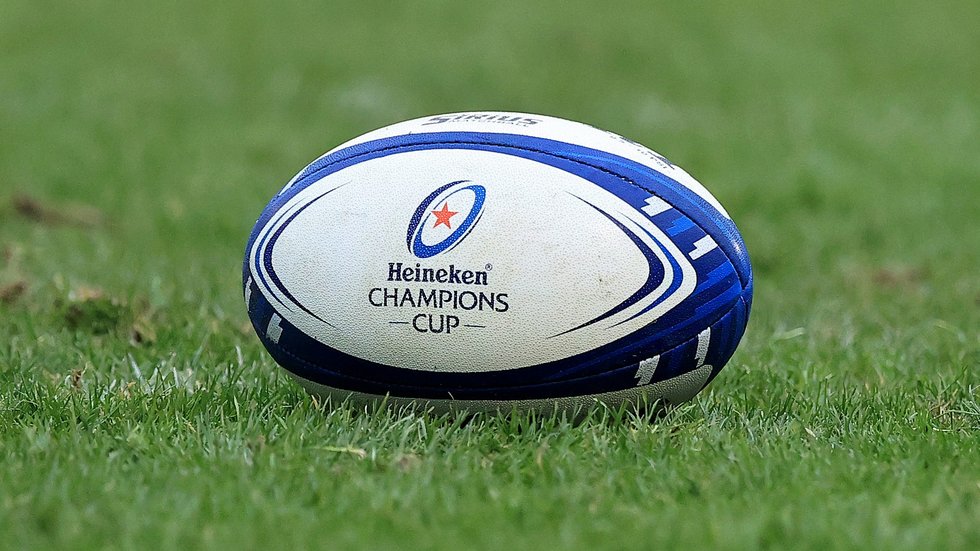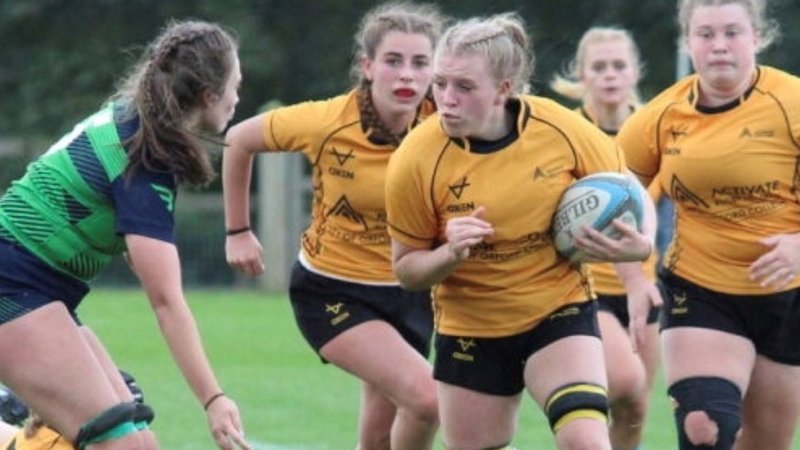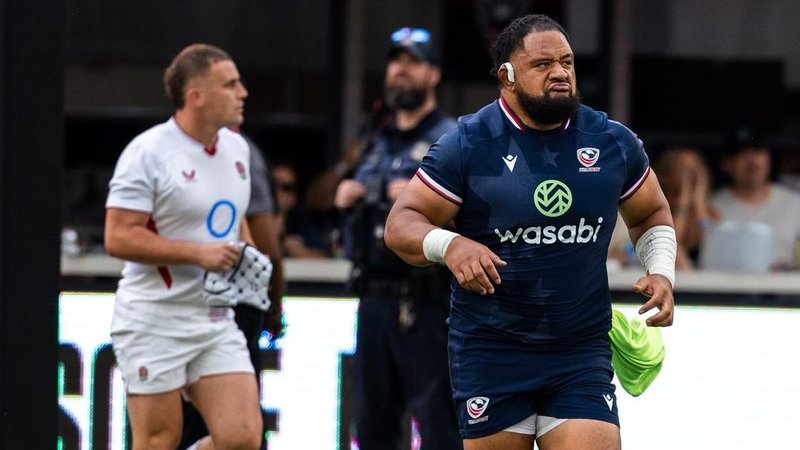Ahead of this weekend’s Heineken Champions Cup Round of 16 second legs, here is an explanation of how it works.
Games are played over two legs, with the winner determined by aggregates scores.
If the aggregate scores are tied at full-time in any second leg match, then 20 minutes of extra time (two periods of 10 minutes) will be played.
At the end of extra time, if the aggregate scores are still level, then the winner will be the team which has scored the most tries in both legs of the Round of 16 (including extra time).
If the teams are still level on points and on tries after extra time, then the winners will be determined by a place-kick competition.
Each team will nominate three goalkickers who must come from the players on the pitch at the final whistle. No substituted or dismissed player can take part.
There will be a coin toss to determine at which end of the pitch the competition takes place and which team kicks first.
Each kicker will have two kicks from designated positions on the 22-metre and 10-metre lines. The teams alternate kicks at goal with Kicker 1 from a central position, Kicker 2 on the right side at the junction with the 15-metre line, and Kicker 3 in the corresponding place on the left side, first from the 22-metre line and then from the 10-metre line.
After each team has completed six kicks, the referee will declare the winner based on the number of successful kicks.
If the teams remain level on kicks, the competition will continue on a sudden-death basis with all kicks from the centre of the 10-metre line taken in turn by Kickers 1, 2 and 3.






